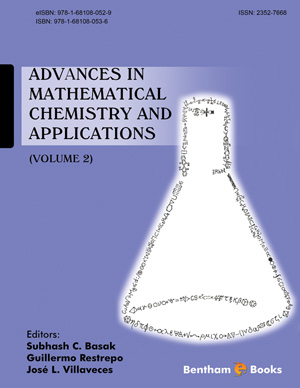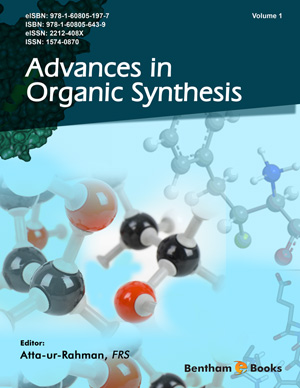Abstract
Fluorine NMR is a useful probe of protein structure, conformation and folding in fluorinated proteins, owing to the high sensitivity, large chemical shift of the 19F nucleus and the lack of high background signal to be suppressed. Protein NMR studies using fluorinated amino acids are a valuable addition to the existing suite of experiments with isotopically enriched nuclei. Recently, there have been several efforts to develop novel methods of biosynthetically tagging proteins to contain 19F labels using fluorinated amino acids. Each fluorine signal in the resultant protein then becomes a reporter of the protein’s structure and conformational dynamics. 19F NMR relaxation times (including T1 relaxation and homonuclear and heteronuclear NOE relaxation) can give detailed structural information. The 19F CSA mechanism is an important relaxation mechanism at high magnetic fields and several novel experiments have been designed, to determine the complete 19F CSA tensor. Several groups are also trying to apply 19F NMR techniques to study membrane proteins and intrinsically disordered proteins which have a fluorinated tag. This chapter will focus on novel NMR techniques using fluorine as a probe and their application to structure determination and conformational dynamics of fluorinated biomolecules.
Keywords: Biomolecular conformation, Biomolecular dynamics, Fluorinated amino acids, Fluorine spin, Multidimensional NMR.






















